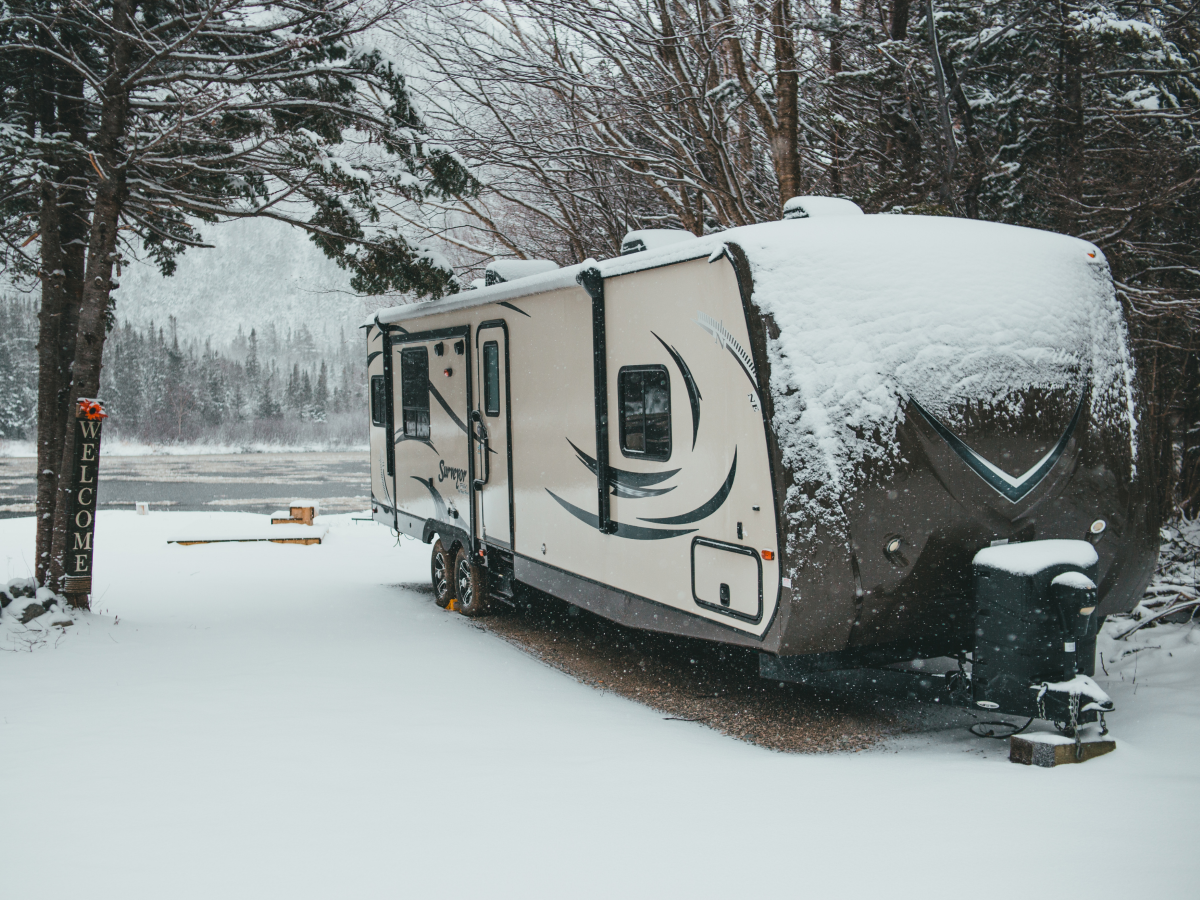
Is Your RV Heater Broken? Here’s What to Do.
Knowing how to repair and maintain your RV furnace can extend your camping season and save you money. Check out this guide to learn how to fix an RV furnace.
Safety disclaimer: It’s important to note your RV furnace operates using propane and electricity, two potentially dangerous sources. If you are not confident in working with either, allow a professional technician to take care of the repairs.
Sequence of operations
First, to know how to potentially fix your furnace, you need to know how it operates. On the surface it seems very basic; it gets cold so you turn the thermostat up and presto, the furnace starts and you have heat. Simple, right?
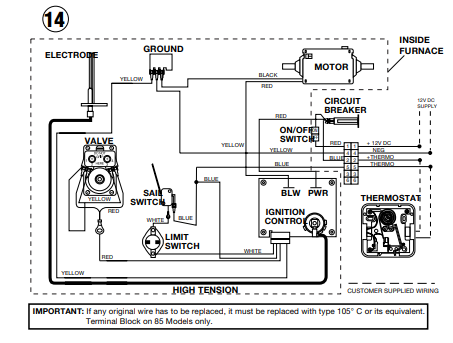
Well, there are actually many things that happen in a specific order within your furnace to ensure it starts safely. Therefore, knowing this sequence of operations is necessary to determine what the problem is.
Here is the basic sequence of operations:
- The thermostat sends an electrical signal to the furnace circuit board.
- The signal passes through a relay and the blower motor starts.
- At full speed, it activates the sail switch confirming there is adequate airflow to exhaust fumes from the furnace.
- The signal continues to the high-level switch which indicates the temperature of the furnace is below a safe level to start.
- With the two previous safety switches activated, the gas valve opens allowing propane into the combustion chamber.
- The ignitor in the combustion chamber receives current from the ignition module on the circuit board. As a result, the current produces a spark between the ignitor tips. This lights the fuel and produces the flame resulting in the heat flowing through the heating ducts throughout your RV.
How to fix an RV furnace – Troubleshooting
Before getting started, a multimeter is an invaluable tool for troubleshooting. There are lots of videos and tutorials on the use of multimeters and it is inexpensive. That is to say, every RV owner should own one.
Not familiar? Check out this video:
Notes about the circuit board
The circuit board on your furnace will most likely have a light that indicates errors. Certain flashing patterns will indicate the problems to start looking for. This, combined with the actions or the inactions of the furnace, will put you on the right track.
Any obvious dark burnt spots on the board could mean a bad board. Any issue involving any of the parts discussed below in which the part itself tests okay indicates a likely problem with the circuit board or wires running between it and the part.
With lots of different parts and operations, how then do we know what we need to fix? Let’s look at some common situations.
1. No response from the furnace
Situation: You call for heat on the thermostat and nothing happens from the furnace.
12V power
Your RV requires a strong 12V power supply for the proper operation of various components in the furnace.
Action: Check all the connections along the wire from the thermostat to the circuit board and confirm you have a strong 12V power supply from your RV’s batteries.
Relay & blower motor
Next possibility is the relay for the blower. Should the relay not open, the blower will not start.
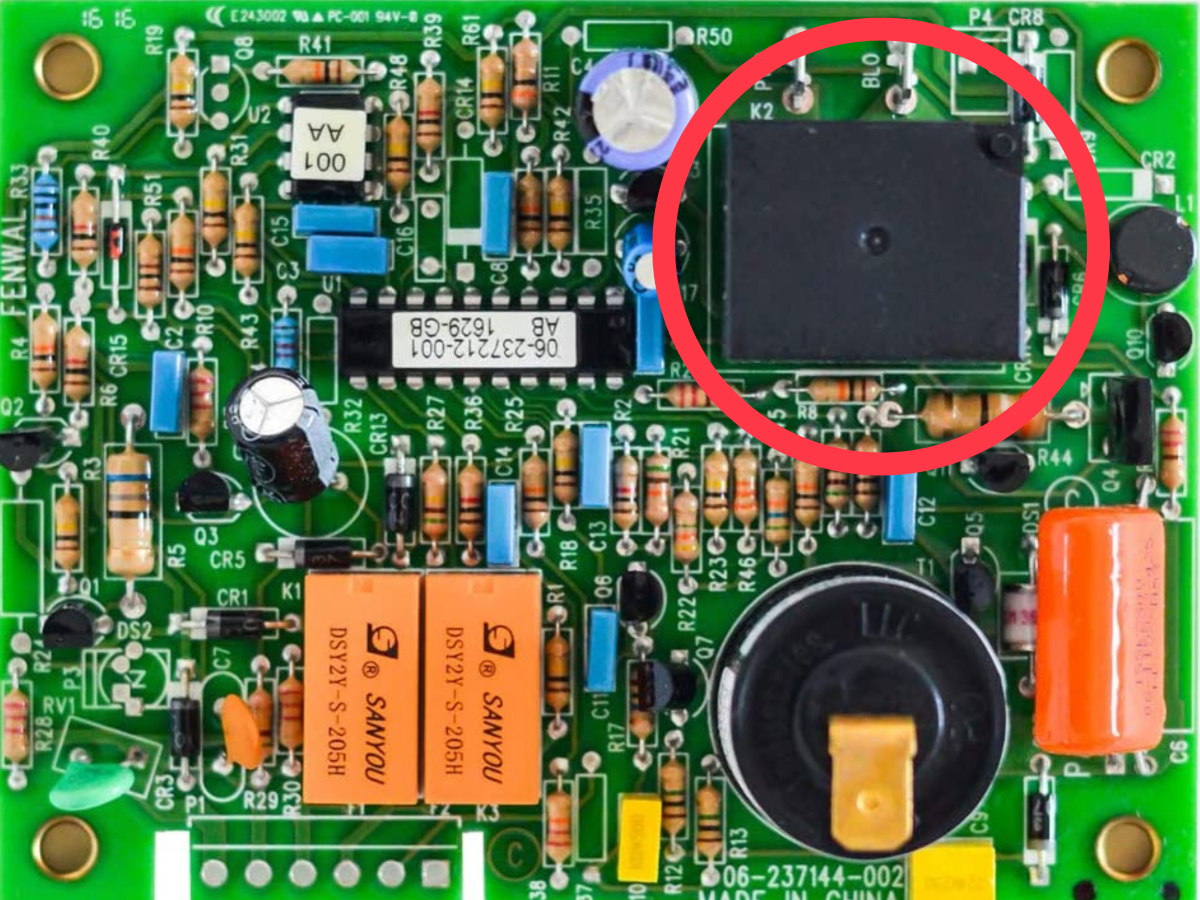
Action: Test the relay by bypassing it so the fan is running off direct power. If your fan operates with direct power then the fan is good and it is likely the relay. If the fan doesn’t run on the battery power, then the fan is the problem and your relay is likely fine.
2. The fan comes on but the furnace doesn’t fire
Situation: You hear the fan start but the furnace doesn’t fire. There might be air blowing from the furnace but it isn’t warm air.
Remember from the sequence of operations that the blower has to be running at full speed to activate the sail switch. A strong 12V power supply is required to make this happen.
Sail switch & high-level switch
First, check the sail switch. Dirt, pet hair, and foreign objects can affect the operation of the sail switch. The sail switch is usually mounted to the outside of the blower.
Action: Clean the blower fins and sail switch and retest. If they are clean and the furnace doesn’t come on, you can test the sail switch with a multimeter.
Another situation (although unlikely) is the high-level switch. The sail switch and high-level switch are wired in sequence. Without the furnace firing, it’s unlikely that in this scenario that this is your problem. The high-level switch is activated by heat. Therefore, no fire, no heat.
Gas valve
Next check is the gas valve. You should hear the solenoids on the valve when it attempts to open (it sounds like a click). If you don’t hear the solenoids this is a good sign it is not working.
It is possible to hear the solenoids and have the valve not open. You should smell propane, and often you can hear the gas as a result of its opening.
Action: Remove and check the gas valve by running power directly to it. When open, you should be able to blow air through it.
Ignitor & ignition module
The next possible component is the ignitor. As the gas valve opens you should hear the fast ticking of the ignitor. If you don’t hear this, the issue is likely with the ignition.
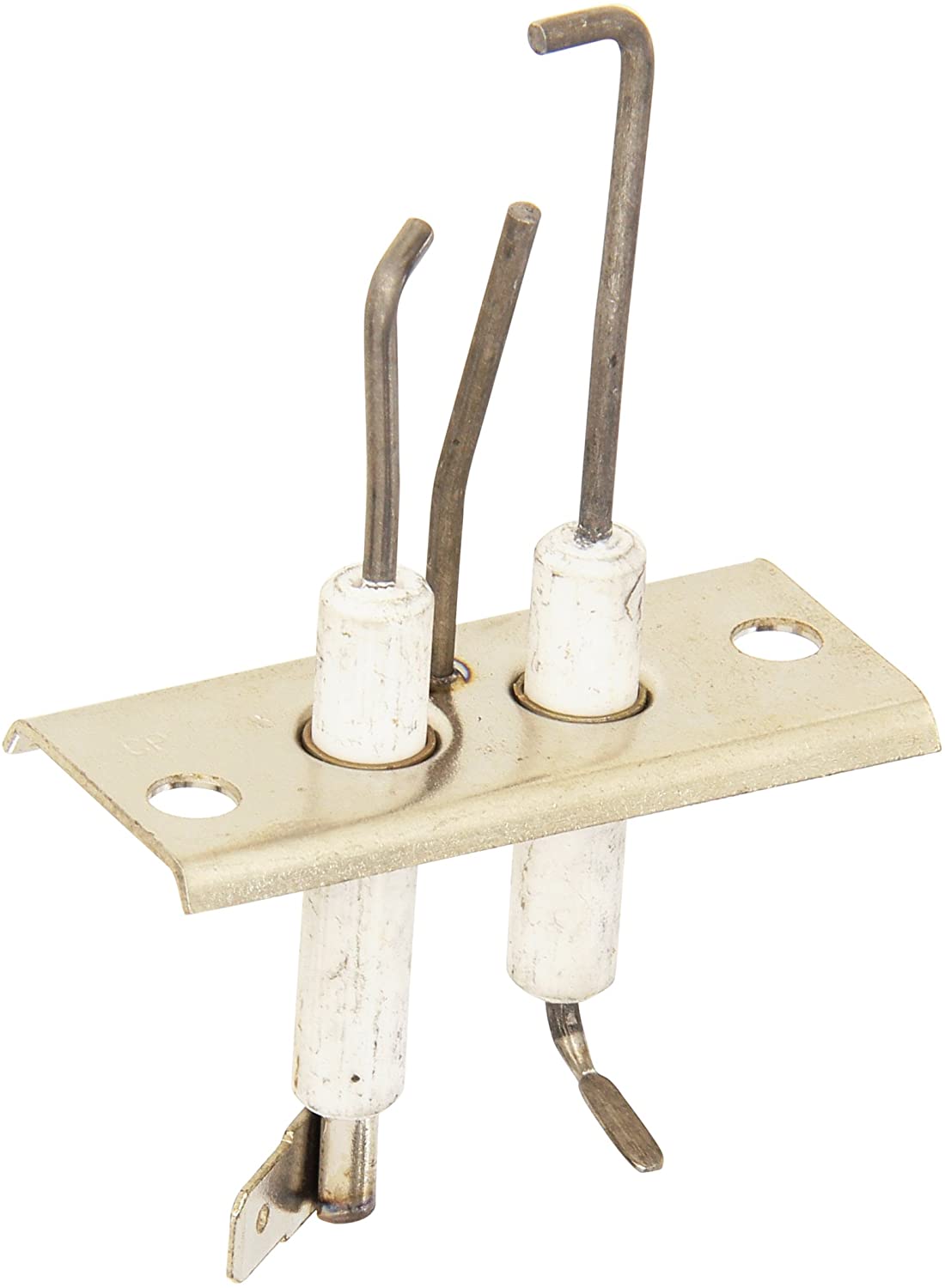
Action: Confirm with a multimeter that there is power from the ignition module on the circuit board to the ignitor. If not, the module on the board may be bad. If you have power, double check the ignitor tips. Ignitor tips should be clean and properly spaced for the spark to jump between them. The ceramic insulation should be free from cracks or debris.
3. The furnace shuts off prematurely after firing and producing heat
Situation: The furnace starts and you have heat but it shuts off before getting to the set temperature.
High-level switch
Should the temperature in the combustion chamber reach a certain temperature, the high-level switch will shut down the furnace. There are a couple of possible reasons for this: a leak in any of the tubes in the combustion chamber can create excess heat or improper exhausting of hot air.
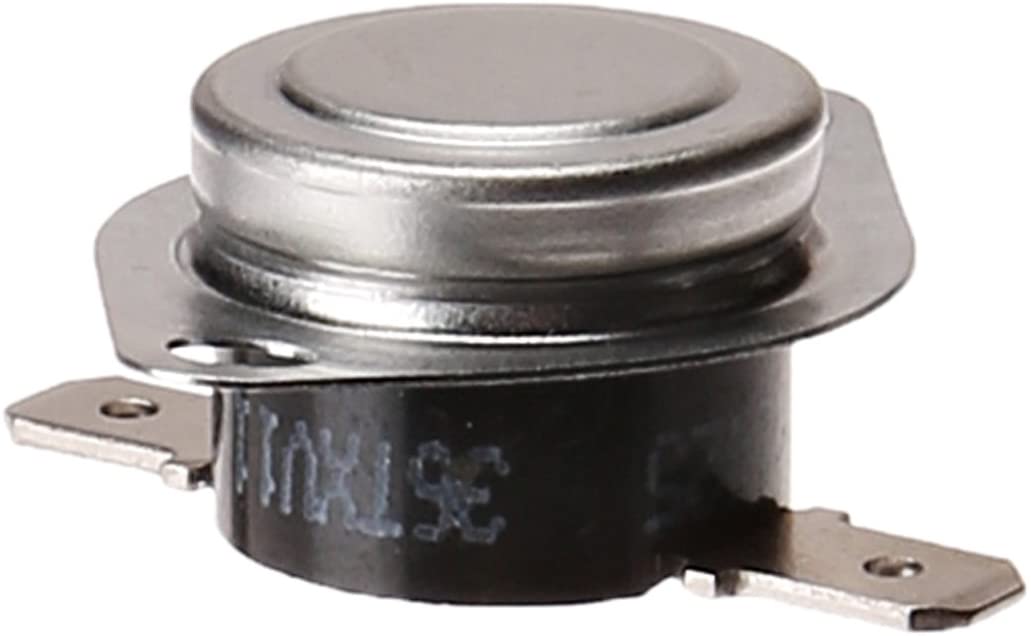
Action: Ensure nothing is blocking the exhaust and that there is proper airflow. Check the tubes in the chamber for cracks or holes. If there are no issues then the high-level switch may be bad. Test the high-level switch with a multimeter.
Flame sensor
Should the flame that is burning the gas in the combustion chamber go out, it will most certainly shut down your RV furnace to avoid gas from continuing to flow into the furnace. Providing the gas is being burned properly, it is possible the flame sensor is bad. The flame sensor is most likely part of the ignitor assembly.
Keep track of your RV maintenance
Patience and understanding of how they operate are key to fixing your RV furnace. Prevention of many problems can be avoided with periodic maintenance and cleaning and could save you waiting in the cold for an expensive service call. Use an online tool like RV LIFE Maintenance to keep track of all your RV maintenance in one place. It will also send you timely reminders when RV maintenance is due to help you avoid expensive repairs and potentially serious accidents.
Continue reading:
- What You Need To Know About RV Heating Options
- Keeping This Spare Part In Your Kit Could Save Your Trip
Have you had to fix an RV furnace? Let us know in the comments below, on our Facebook page, or share them with the RV community on iRV2 Forums.



